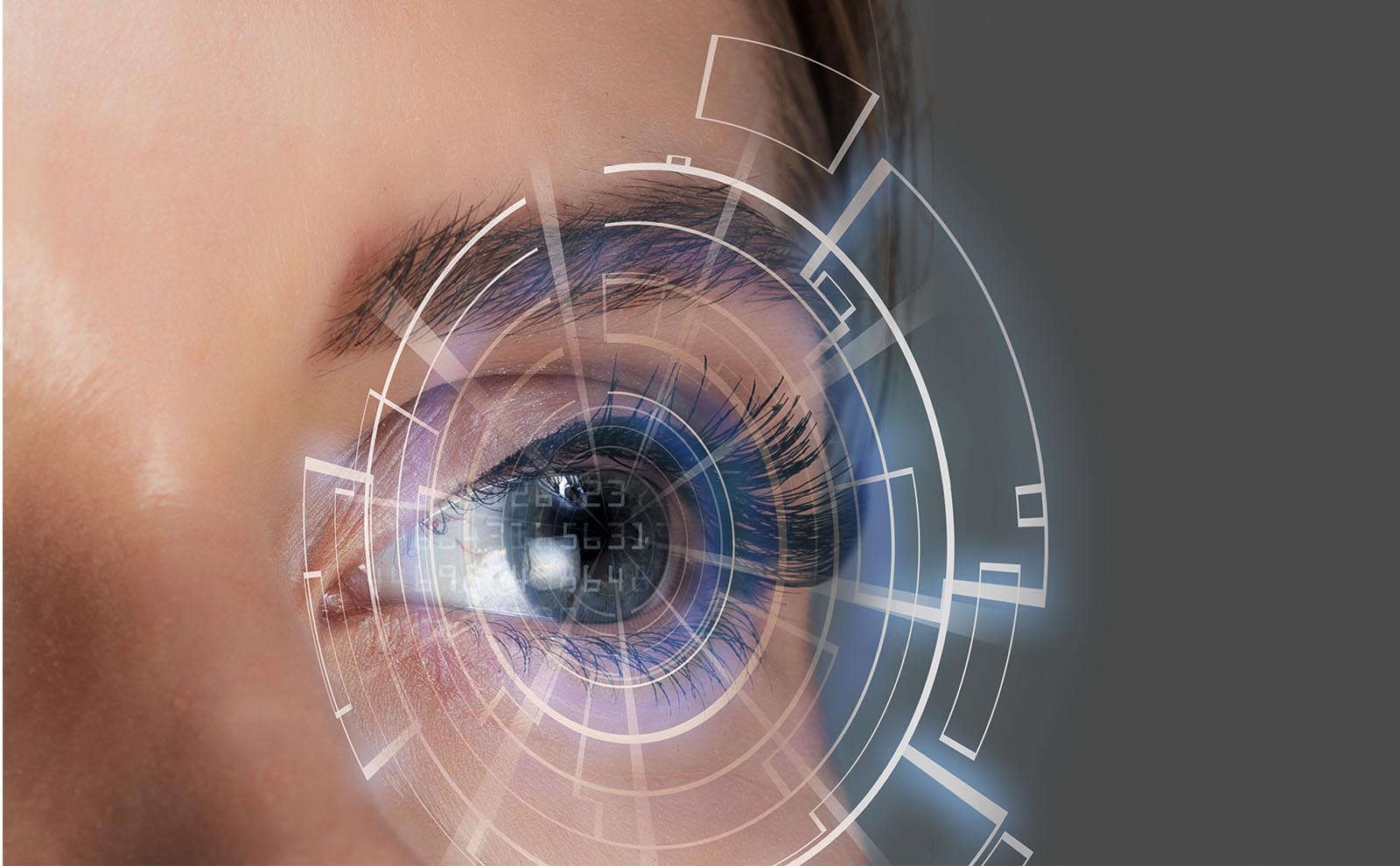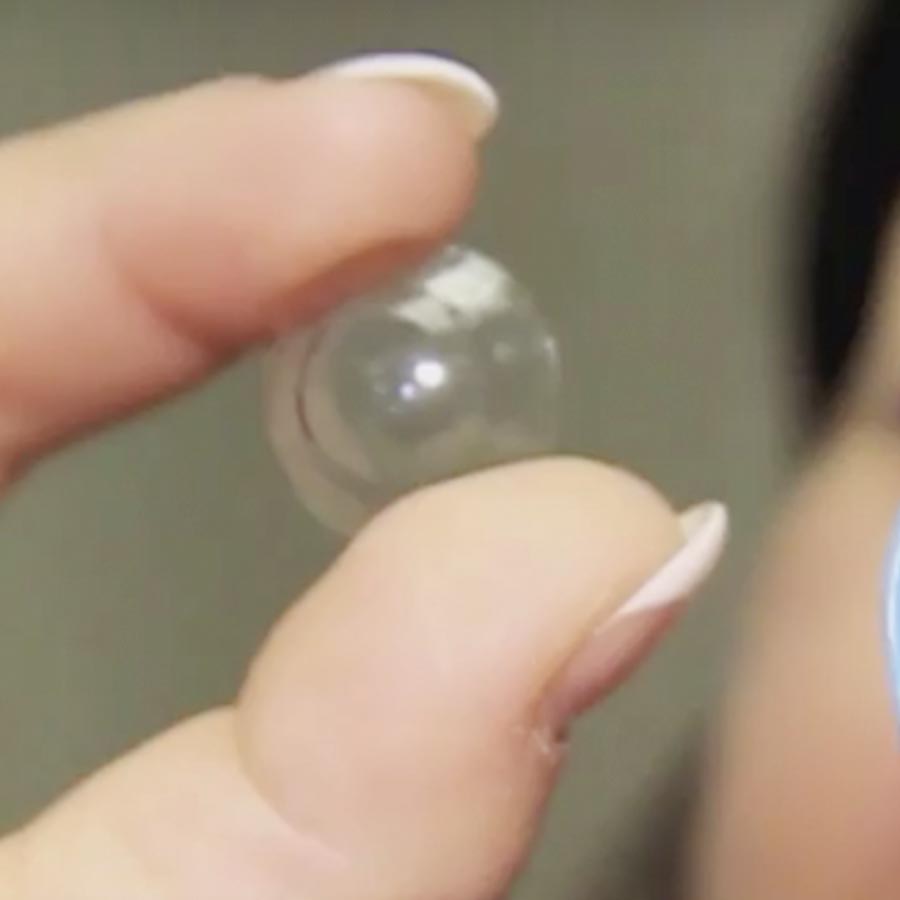Scan-designed scleral lenses are custom-made lenses tailored precisely to the unique contours of your cornea and sclera. Unlike conventional scleral lenses that rely on curve adjustments, these lenses use advanced scanning technology to map every detail of your eye’s surface. This ensures a perfect fit and optimal vision correction.
Custom-Fit for Optimal Vision
Experience the Precision of Scan-Designed Scleral Lenses



Discover the Innovation of Scan-Designed Scleral Lenses
- Created from detailed scans of your eye
- Provides a faster, more accurate fit
- Ideal for eyes with irregular surfaces
- Delivers enhanced comfort and vision quality
The Benefits of Precision Customization
Choosing scan-designed scleral lenses offers unparalleled benefits. These lenses provide a personalized fit that accommodates the unique features of your eye, ensuring superior comfort and vision. The advanced design process eliminates the trial-and-error approach of traditional lenses, making the fitting process quicker and more efficient.
Advanced Technology for Superior Fit
Our scan-designed scleral lenses are created using state-of-the-art scanning software that maps the surface of your cornea and sclera. This precise mapping captures every irregularity, allowing us to design lenses that fit seamlessly around any elevations or abnormalities, providing you with a custom fit and enhanced comfort.
Expert Care and Cutting-Edge Technology
At In Focus, we combine expert care with the latest technology to provide you with the best vision solutions. Our team is dedicated to ensuring you receive the highest quality lenses that meet your specific needs. With our advanced scanning technology and personalized approach, you can trust us to deliver exceptional results.
Frequently Asked Questions
How are scan-designed scleral lenses different from conventional lenses?
Scan-designed scleral lenses use detailed scans of your eye to create a customized fit, unlike conventional lenses that rely on curve adjustments. This results in a more precise and comfortable fit.
Who can benefit from scan-designed scleral lenses?
These lenses are ideal for individuals with irregular corneas, severe dry eye, keratoconus, or those who have had corneal transplants or radial keratotomy.
How long does the fitting process take?
The fitting process begins with a comprehensive consultation, followed by ordering and trying on the initial lens within 1-3 weeks. Adjustments may be needed, but the process typically ensures a perfect fit within three months.
Can these lenses correct my prescription?
Yes, scan-designed scleral lenses can correct your glasses prescription, astigmatism, and even near vision for those over 40 with multifocal options.
How long do scleral lenses last?
Scleral lenses can last as long as your corneal shape and prescription remain stable, and the material remains unscratched. We usually recommend a new pair every two years.

